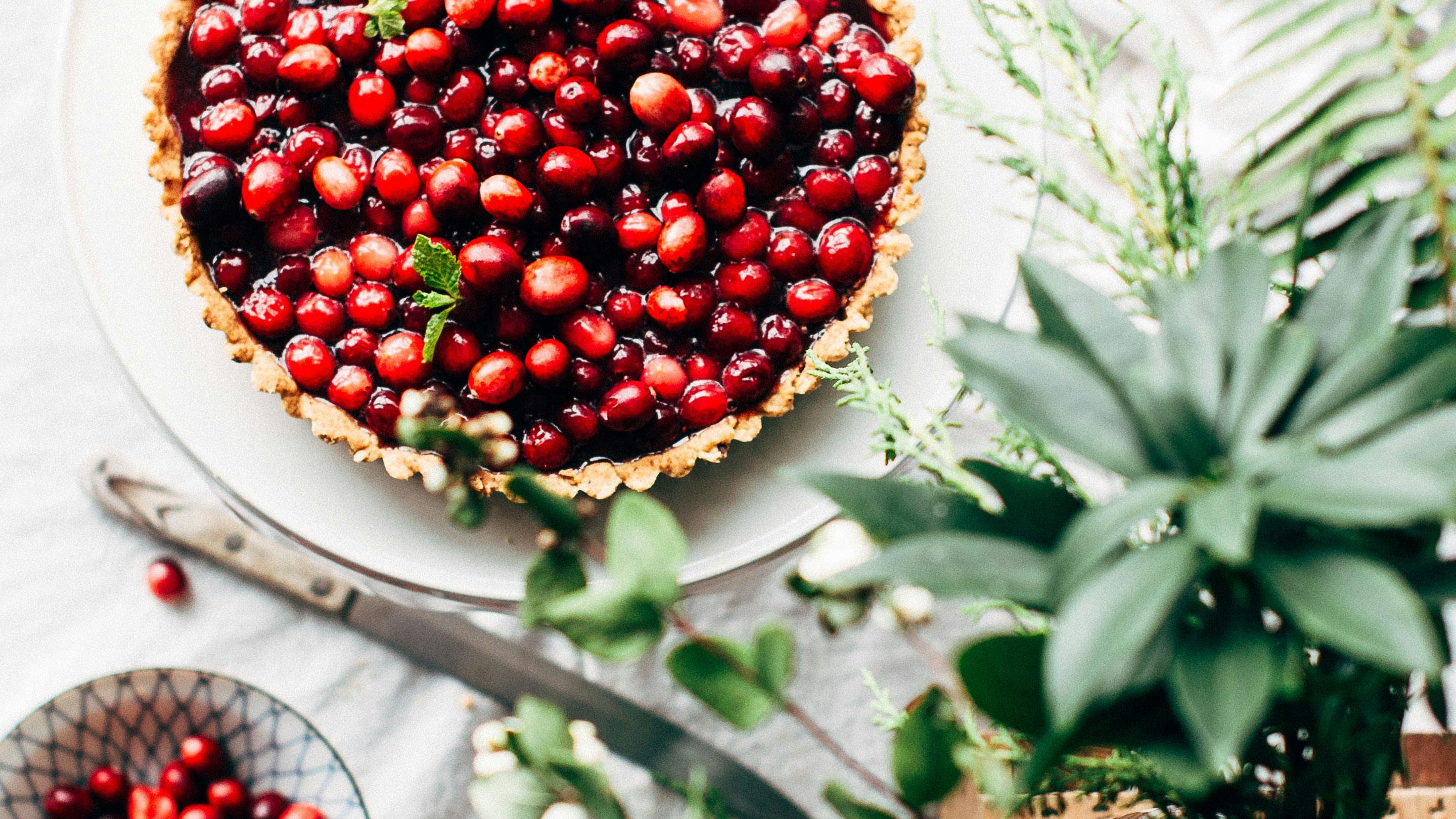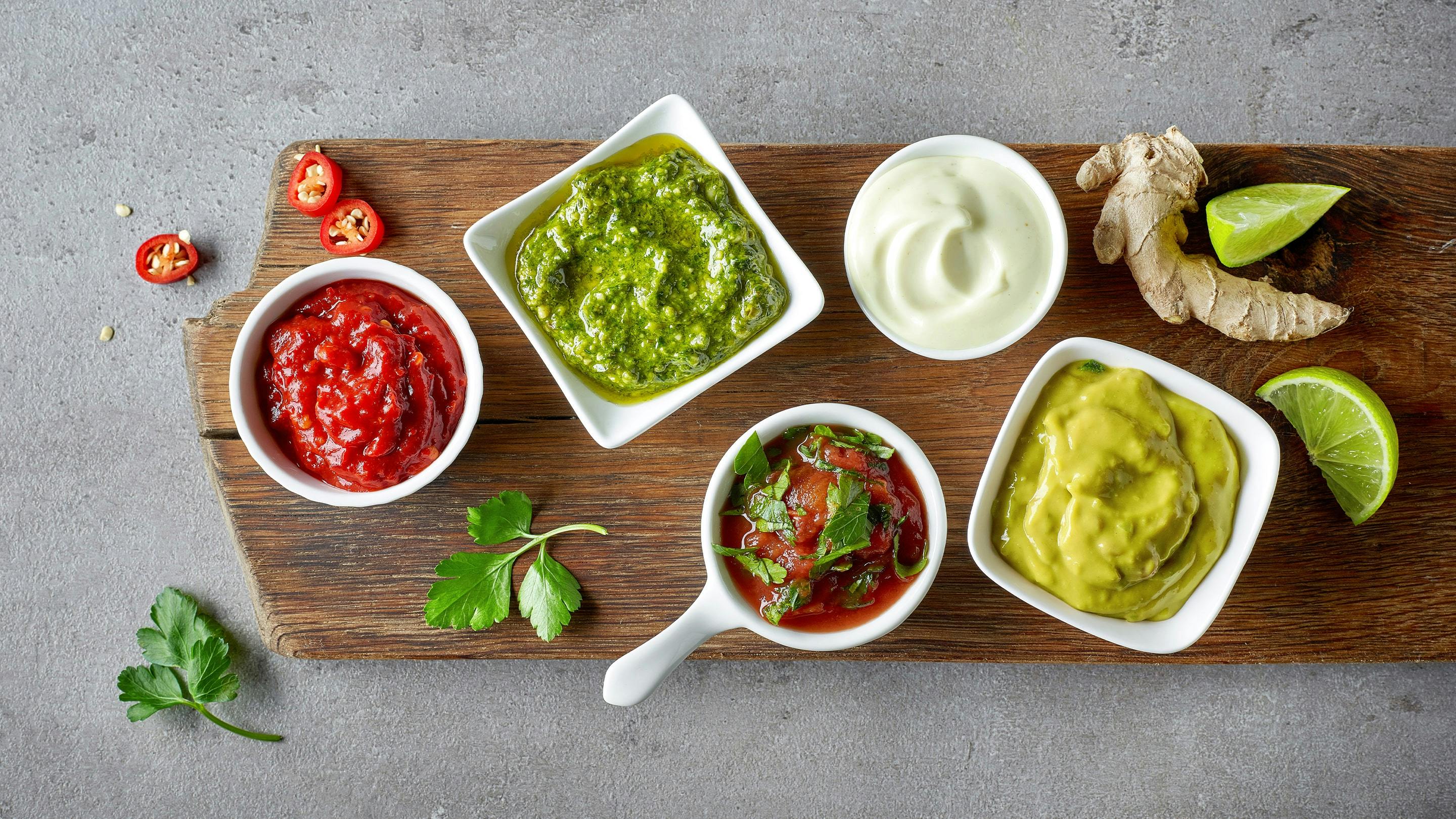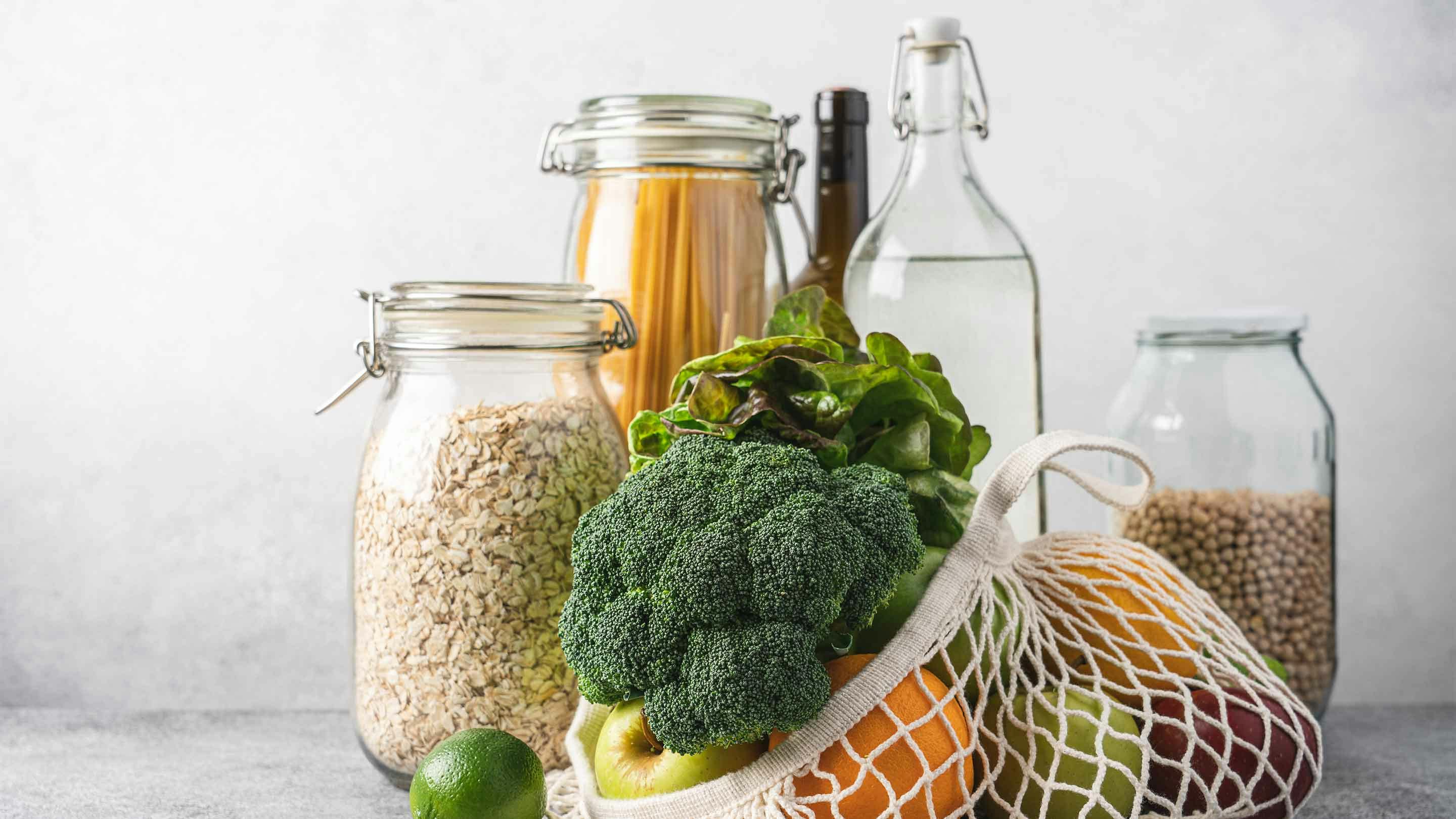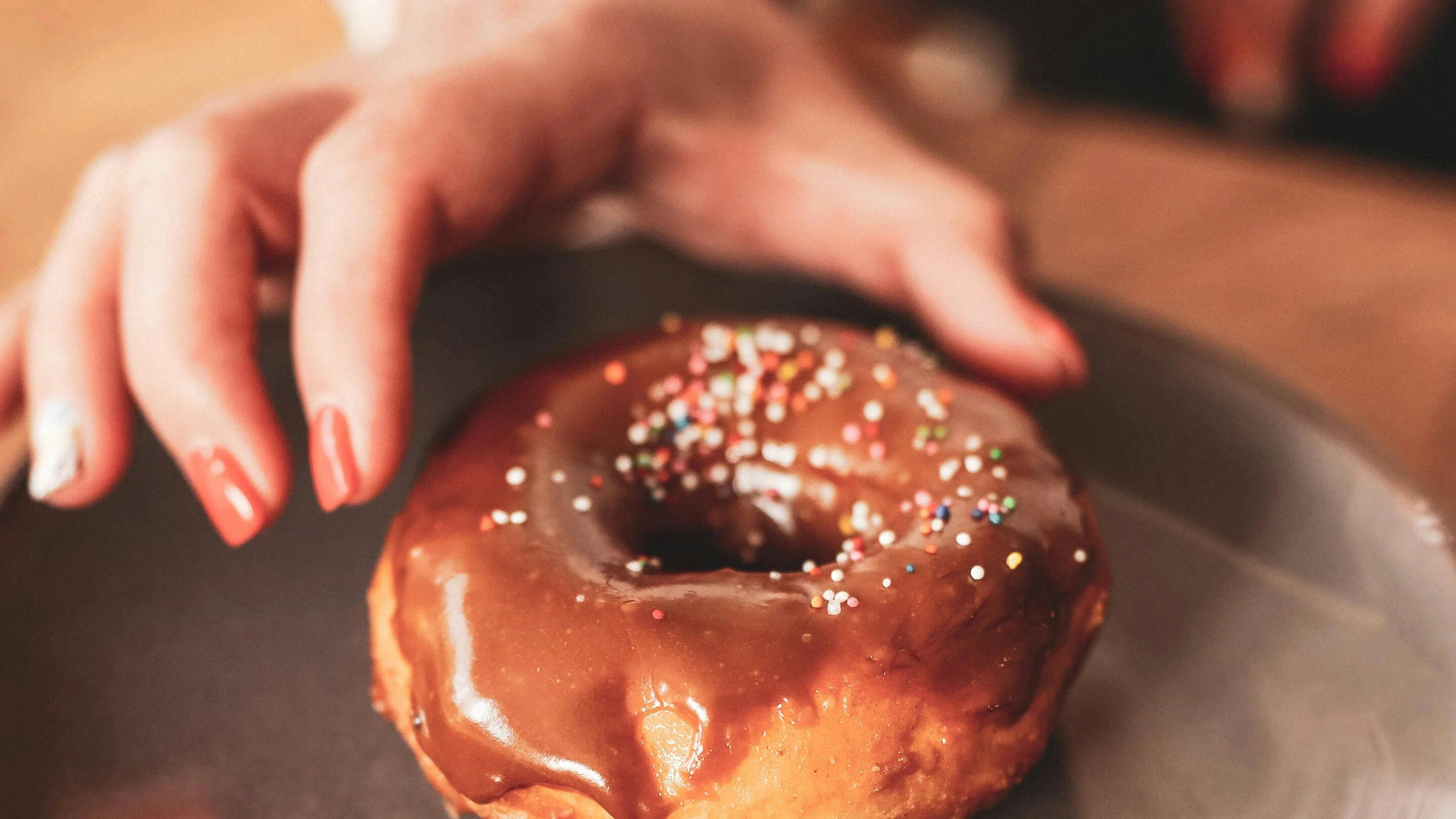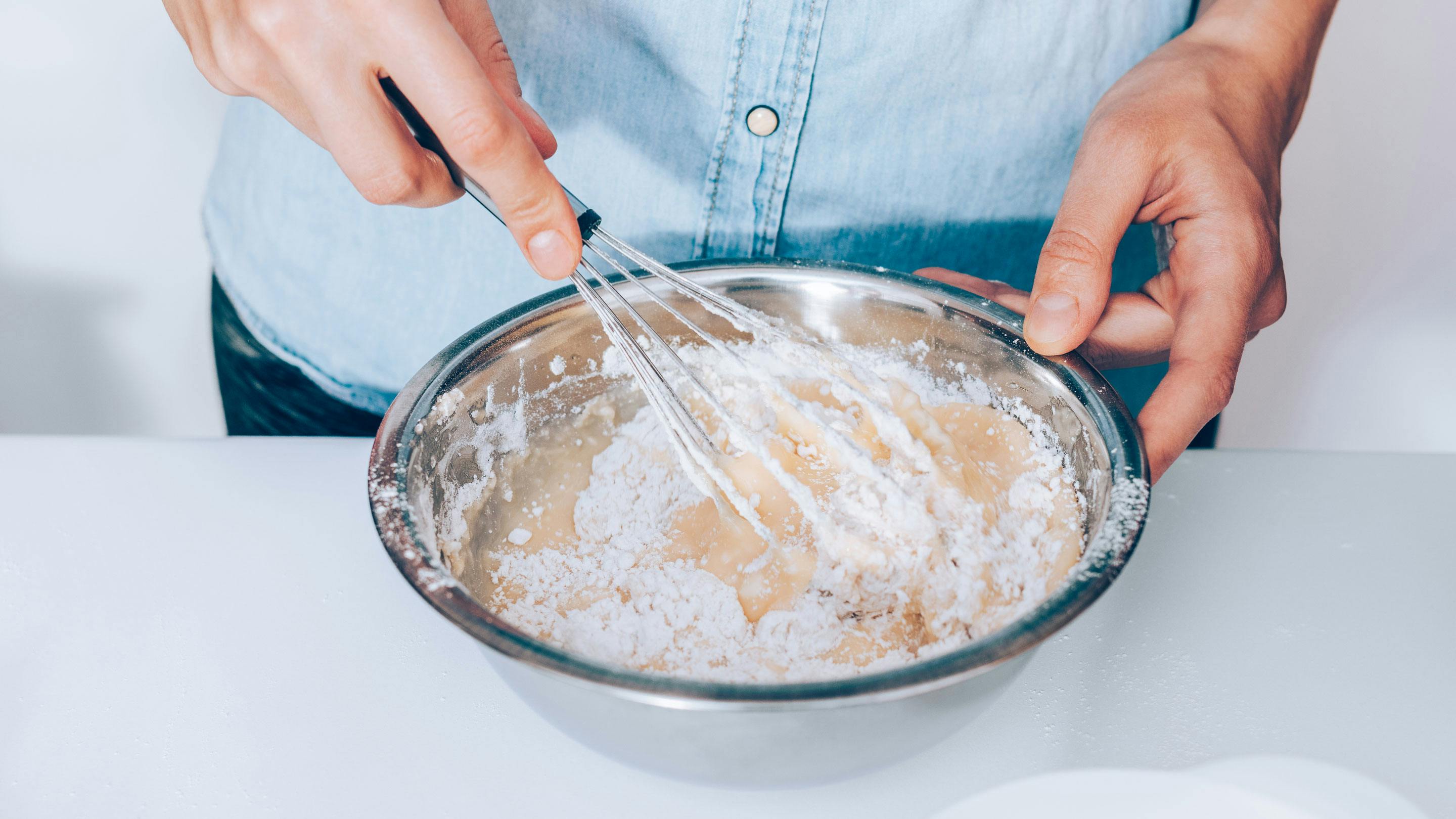Eggs and salt, butter and lard, milk and flour, saffron makes the cake yellow. We all know this nursery rhyme too well, but nowadays, there are numerous plant-based alternatives for these products. We'll show you how to replace animal ingredients with plant-based ones and what to consider in the process. Let's get started!
Baking without eggs
For eggs, there is actually an extremely long list of options for replacement in vegan baking. It is important to choose the right substitute depending on the type of baked goods because that is truly crucial. In general, fruit and seeds can be distinguished as binders.
Apple sauce works best for pastries that need binding and should be moist at the same time. You can consider one tablespoon of apple sauce for 1 egg. Fruit purée makes your cake a bit denser, so it is advisable to use a bit more baking powder.
1/2 banana replaces one egg. Banana adds moisture and a hint of sweetness to the cake. This means you should slightly reduce the amount of remaining liquid in the baked goods as well as the sugar. Bananas are especially suitable for sheet or loaf cakes. They also work wonderfully in pancakes as a binder and contribute a particularly good flavour. By the way, banana bread is an excellent choice for starting vegan baking. The egg substitute is already in the right amount in the recipe, and everyone simply loves the classic.
A mixture of plant-based milk and apple cider vinegar is a true miracle. Don’t worry, the vinegar taste disappears during the baking process. Mix 1–2 tablespoons of apple cider vinegar (preferably unfiltered) or freshly squeezed lemon juice directly into the plant-based milk and quickly stir it under the dry ingredients. This provides excellent binding and doesn’t compromise the taste of the cake.
Flaxseed-egg & Co
Mix 1 tablespoon of ground flaxseeds with 3 tablespoons of boiling water and let it sit for 10 minutes. Et Voilà, a flaxseed egg. You can use the flaxseed egg for almost any type of cake. It provides a very fine binding and virtually has no distinct taste. Ground flaxseeds act similarly to psyllium husk in a cake. A significant difference is that they are colorless, so they won’t stand out, for example, in a light sponge cake batter.
Carob bean gum ensures a very strong binding and behaves similarly to starch. However, due to its high binding power, it needs to be dosed much more sparingly. Another advantage is that it doesn’t need to be mixed with water before use; it is stirred directly into the cake batter.
One heaped teaspoon of carob bean gum replaces one egg. Just note that you should add a bit more liquid to the batter than the recipe specifies, as the flour tends to swell a bit after mixing.
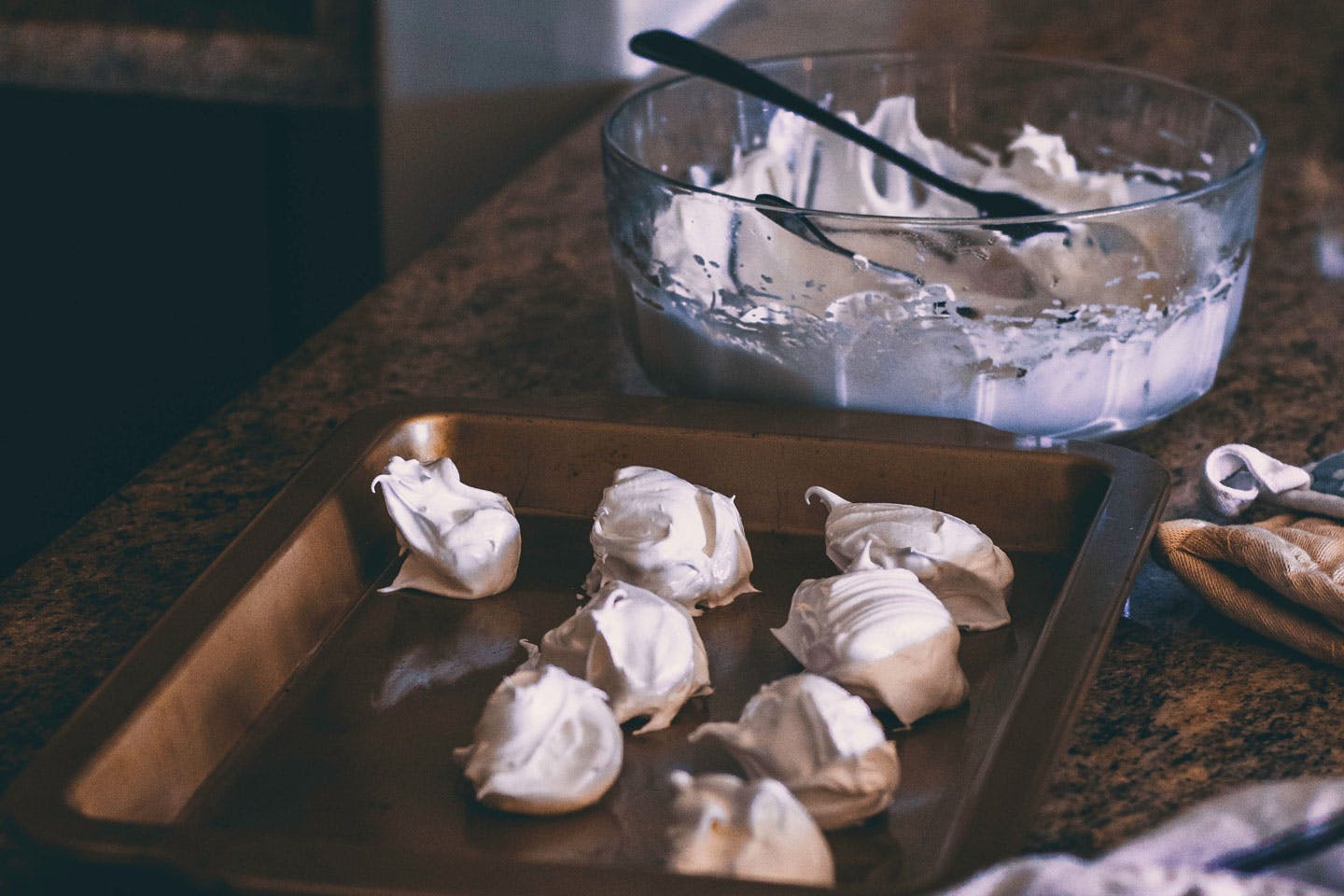
How to replace butter
Alongside milk, butter is the easiest ingredient to replace in cakes. Margarine is a delicious, plant-based alternative that you can use 1:1. You should make sure that the margarine is suitable for baking, as indicated on the packaging. You can also use vegetable oils with a neutral flavour. Rapeseed or sunflower oil are particularly suitable here! Coconut oil also often works very well in the batter, but please note that it has a strong flavour of its own.
Oat milk and coconut milk instead of milk und cream
Milk does not usually play a crucial role in the success or failure of a vegan cake. Here you can decide according to your taste. Personally, I’m more of a fan of thicker vegan drinks. I usually use oat or almond drinks instead of rice drinks for my own cake recipes.
If you need a firmer version instead of the plant-based drinks, you should use vegan cream. If the recipe calls for whipped cream, coconut milk is a good choice. To do this, place a can of full-fat coconut milk in the fridge overnight and skim off the solid cream that has formed on top the next day. This can be whipped until wonderfully stiff.
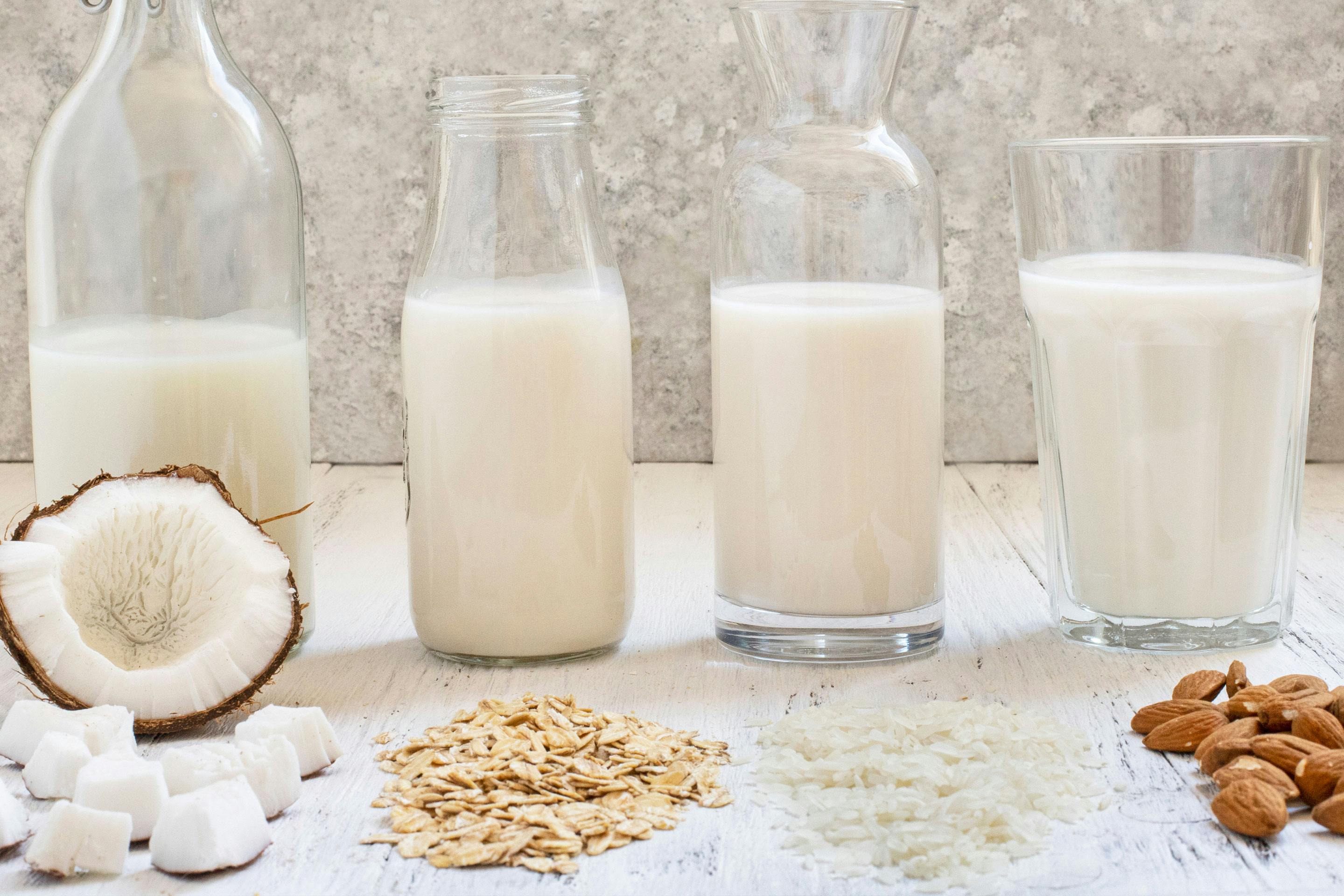
Aquafaba is your new egg whites!
Aquafaba is a truly fantastic invention and a real breakthrough in vegan baking. Never heard of it before? Then it’s about time, because this alternative can be used just like beaten egg whites.
Aquafaba is the term used to describe the liquid in the can or jar of pulses. You can use chickpeas, for example. Drain them and collect the liquid in a bowl. Add a pinch of salt and some baking powder, and then whisk continuously with a hand mixer for 12–15 minutes. Time is crucial here, because if you beat the chickpea water for too short a time, it will collapse rather quickly. After 15 minutes, you can be sure that it is ready and can be folded into the batter until it is wonderfully fluffy.
This method can even be used to make meringue creams and macarons. Aquafaba is also very popular in savoury recipes. It is ideal for quiches and the like to achieve a fine consistency in the filling.
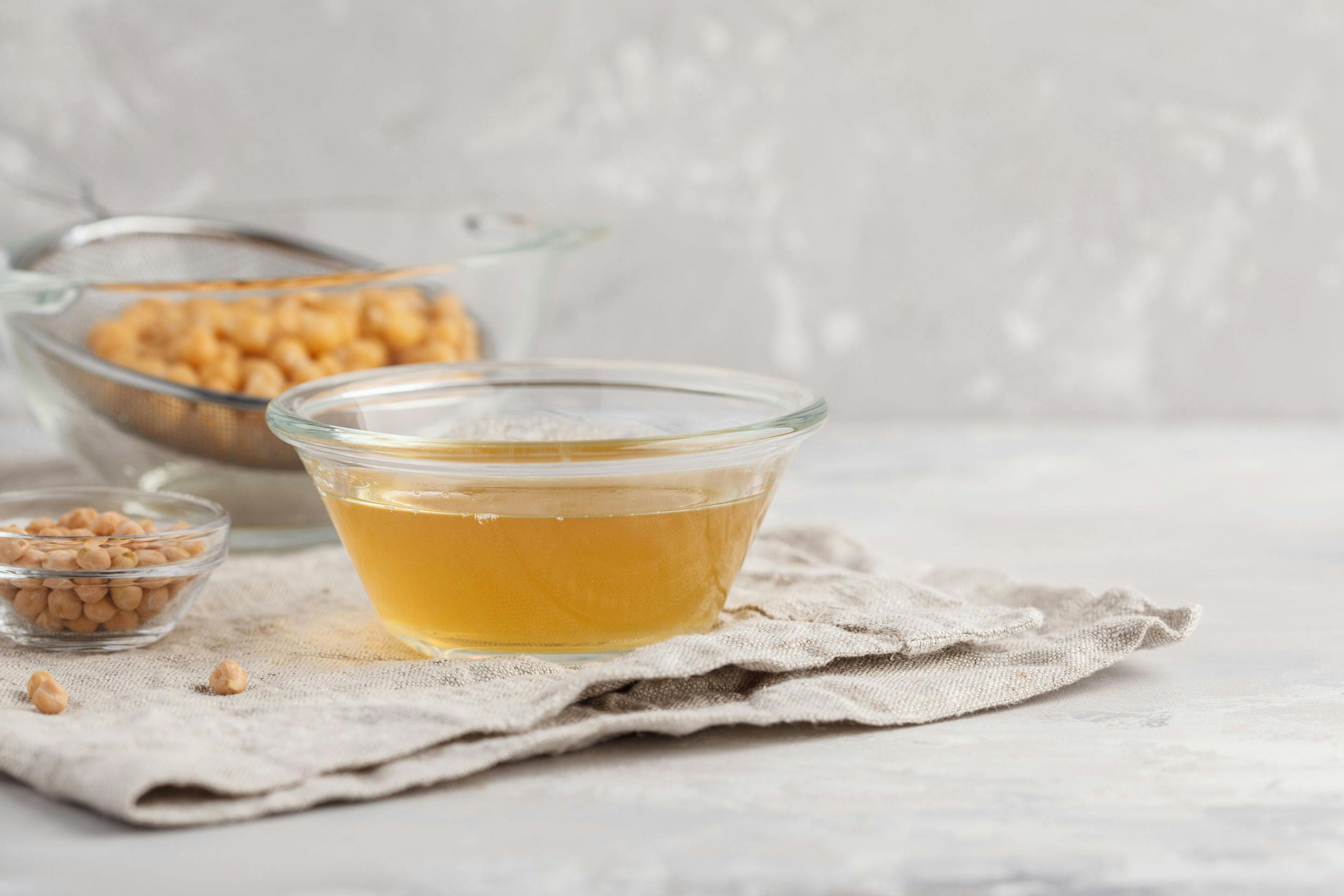
Trial and error
As a general rule, you should experiment a bit with vegan baking. Sometimes recipes just don’t work out and you can’t explain why. However, it happens to me quite often that conventional recipes with vegan ingredients turn out particularly well. Get creative and find the ingredients that work best for you. Maybe apple sauce and banana aren’t your thing, but you love baking with aquafaba or crushed flaxseed?
Find your favourite combination and your favourite flavour. Or keep reinventing your recipes by changing the egg substitute or using coconut oil instead of rapeseed oil, and you will see that the flavour options can be reinvented again and again.
Our vegan baking recipes
Currently Viewing: 1 of 0
Spice up the web! Share this article on...
Read more
Currently Viewing: 1 of

